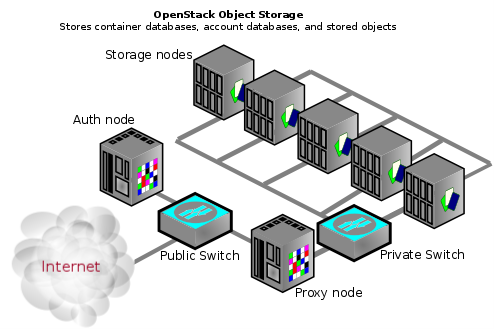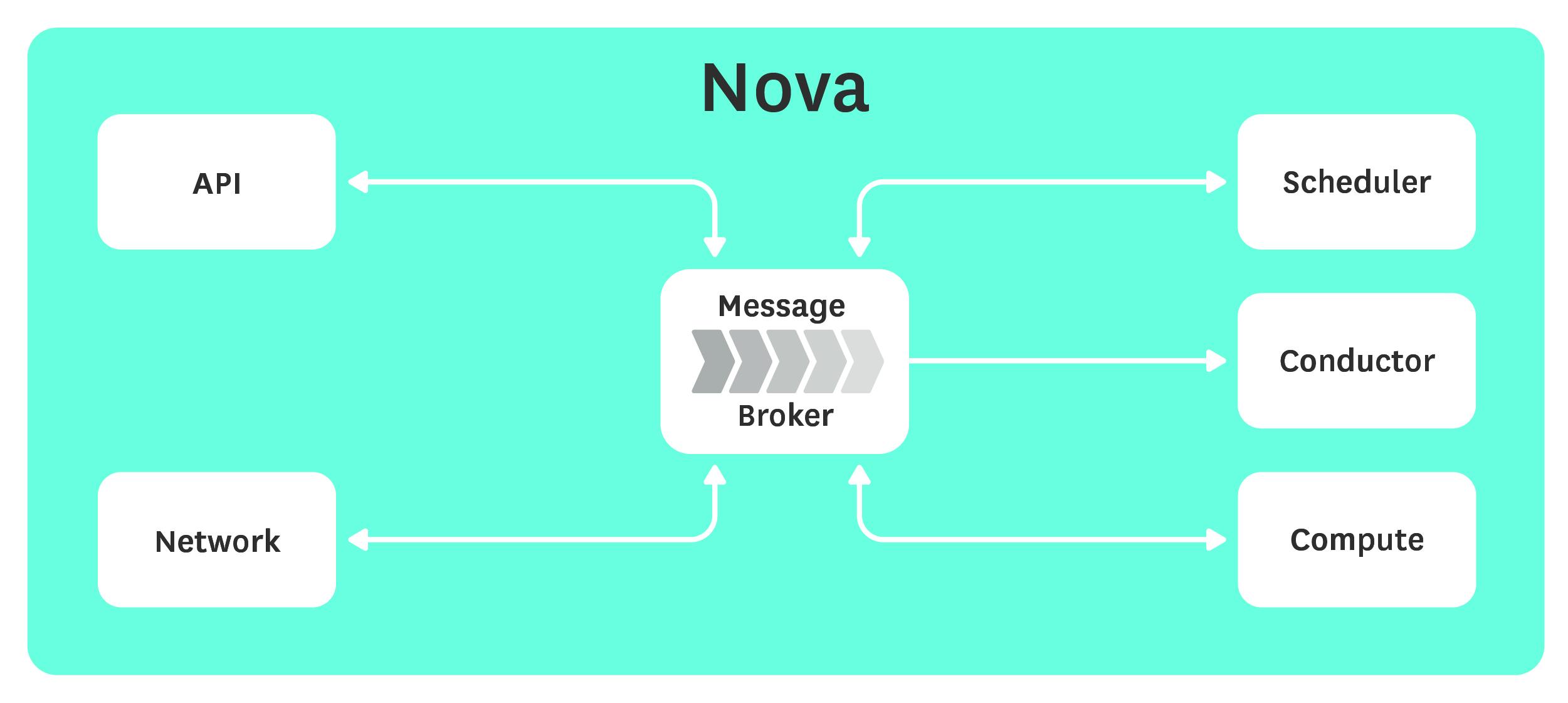스칼라의 콜렉션은 Immutable, mutable 말고
병렬 콜렉션(Par...)와 순차 콜렉션(일반적으로 사용하는 콜렉션)과 상위 클래스(Gen...)으로 나눠진다.
참고로 Gen은 general의 약자이다.
출처: http://docs.scala-lang.org/overviews/parallel-collections/architecture.html
아래의 예를 보면 기본 콜렉션인 Array에 par 함수를 호출하면서 병렬 콜렉션인 ParArray를 인스턴스로 얻는다.
val parArray = (1 to 100).toArray.par
parArray: scala.collection.parallel.mutable.ParArray[Int] = ParArray(1, 2, 3, 4, 5, 6, 7, 8, 9, 10, 11, 12, 13, 14, 15, 16, 17, 18, 19, 20, 21, 22, 23, 24, 25, 26, 27, 28, 29, 30, 31, 32, 33, 34, 35, 36, 37, 38, 39, 40, 41, 42, 43, 44, 45, 46, 47, 48, 49, 50, 51, 52, 53, 54, 55, 56, 57, 58, 59, 60, 61, 62, 63, 64, 65, 66, 67, 68, 69, 70, 71, 72, 73, 74, 75, 76, 77, 78, 79, 80, 81, 82, 83, 84, 85, 86, 87, 88, 89, 90, 91, 92, 93, 94, 95, 96, 97, 98, 99, 100)
http://docs.scala-lang.org/overviews/parallel-collections/overview.html 에 병렬 콜렉션에 대한 예제가 있는데 심플해서 도움이 된다.
map 예제
val lastNames = List("Smith","Jones","Frankenstein","Bach","Jackson","Rodin").par
lastNames.map(_.toUpperCase)
lastNames: scala.collection.parallel.immutable.ParSeq[String] = ParVector(Smith, Jones, Frankenstein, Bach, Jackson, Rodin)
res7: scala.collection.parallel.immutable.ParSeq[String] = ParVector(SMITH, JONES, FRANKENSTEIN, BACH, JACKSON, RODIN)
fold 예제
val parArray = (1 to 100).toArray.par
parArray.fold(0)(_ + _)
parArray: scala.collection.parallel.mutable.ParArray[Int] = ParArray(1, 2, 3, 4, 5, 6, 7, 8, 9, 10, 11, 12, 13, 14, 15, 16, 17, 18, 19, 20, 21, 22, 23, 24, 25, 26, 27, 28, 29, 30, 31, 32, 33, 34, 35, 36, 37, 38, 39, 40, 41, 42, 43, 44, 45, 46, 47, 48, 49, 50, 51, 52, 53, 54, 55, 56, 57, 58, 59, 60, 61, 62, 63, 64, 65, 66, 67, 68, 69, 70, 71, 72, 73, 74, 75, 76, 77, 78, 79, 80, 81, 82, 83, 84, 85, 86, 87, 88, 89, 90, 91, 92, 93, 94, 95, 96, 97, 98, 99, 100)
res5: Int = 5050
filter 예제
val lastNames = List("Smith","Jones","Frankenstein","Bach","Jackson","Rodin").par
lastNames.filter(_.head >= 'f')
lastNames: scala.collection.parallel.immutable.ParSeq[String] = ParVector(Smith, Jones, Frankenstein, Bach, Jackson, Rodin)
res7: scala.collection.parallel.immutable.ParSeq[String] = ParVector(Smith, Jones, Jackson, Rodin)
아래 자료를 보면 병렬 콜렉션의 장점(속도)를 알 수 있고 병렬 콜렉션의 이해도, custom splitter/builder 내용이 담겨 있다.
'scala' 카테고리의 다른 글
| [scala] scalatest에서 Exception 처리 (0) | 2017.07.27 |
|---|---|
| [scala] scalablitz (0) | 2017.07.27 |
| [scala] foldLeft, fodRight, reduceLeft, reduceRight, scanLeft, scanRight 함수 예제 (0) | 2017.07.24 |
| [scala] 마이크로 벤치마킹 툴 - scala meter 예제 (0) | 2017.07.21 |
| [scala] 콘솔에서 코드 붙여서 테스트하기 (paste) (0) | 2017.07.21 |









